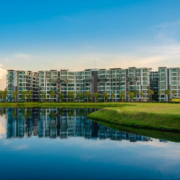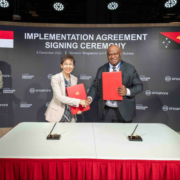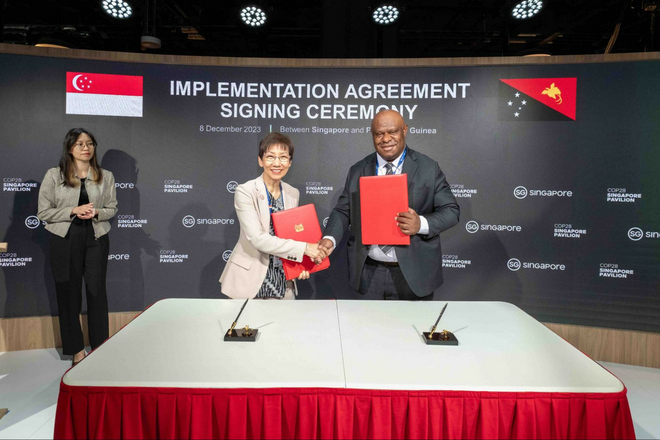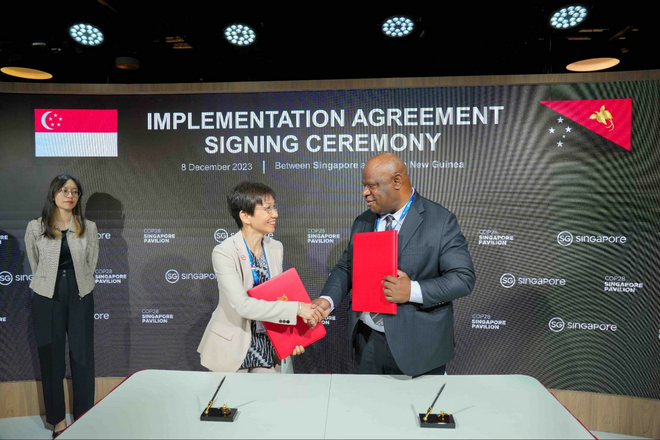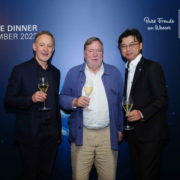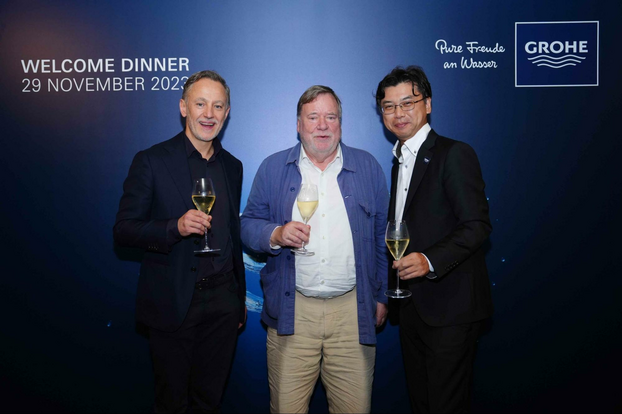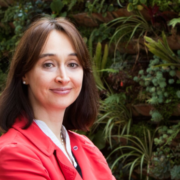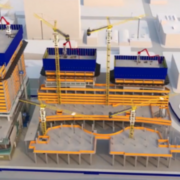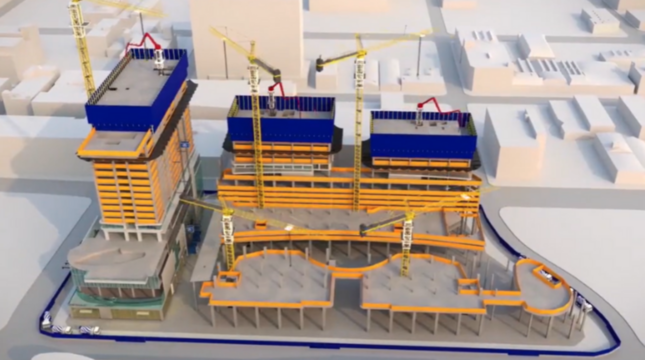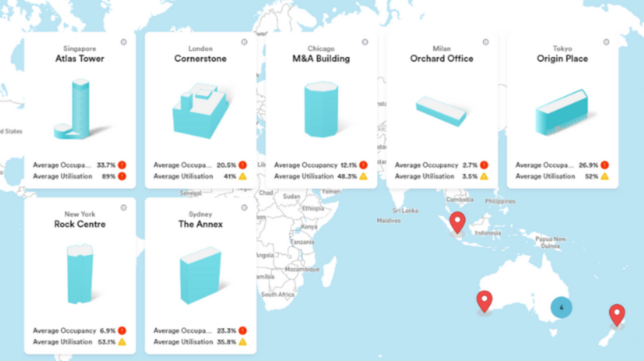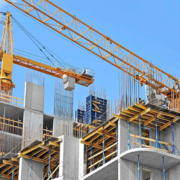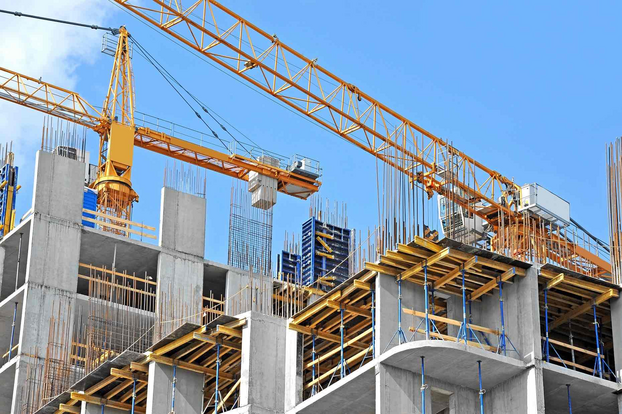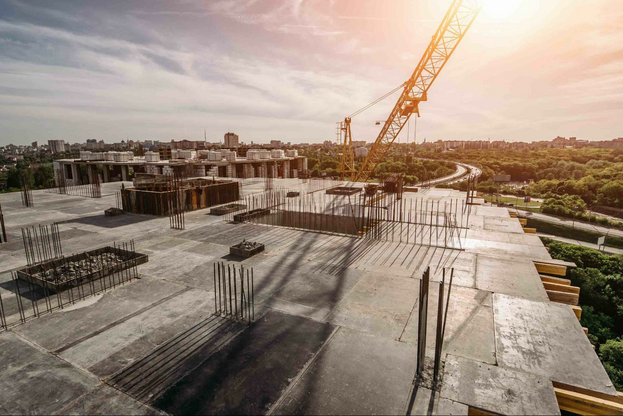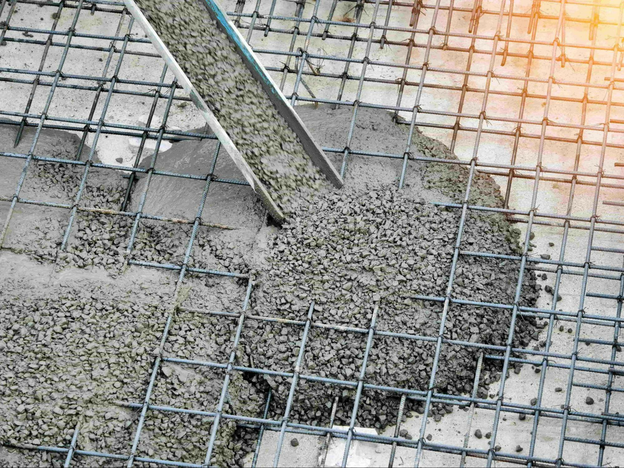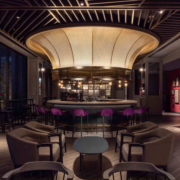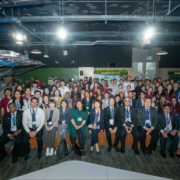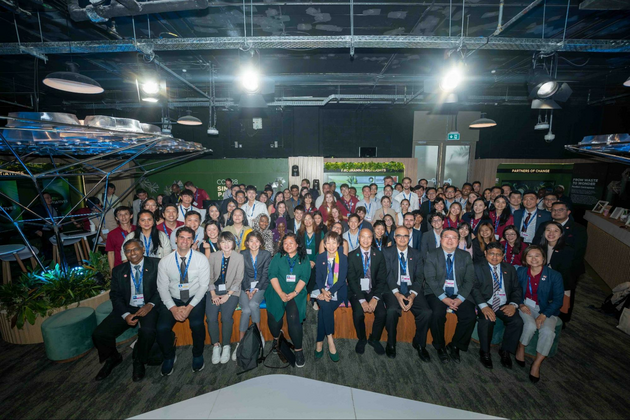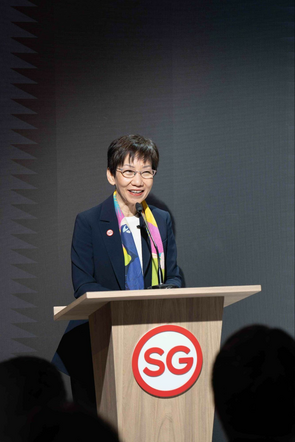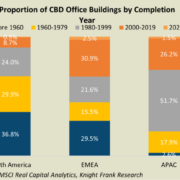Wyndham Royal Lee Phuket Unveils Grand Opening
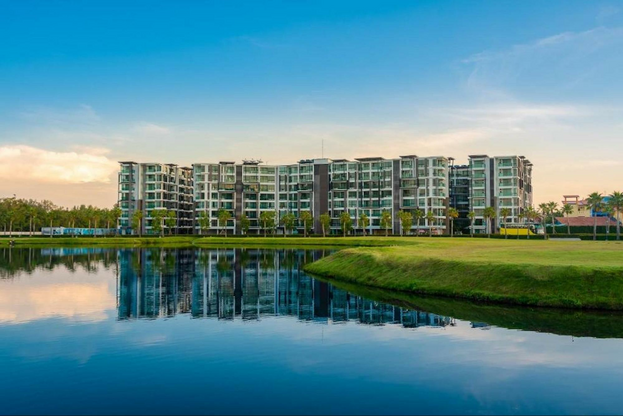
The grand opening of Wyndham Royal Lee Phuket marks the debut of a distinguished airport-adjacent destination within the renowned ‘Wyndham’ brand. The commitment to providing an exceptional guest experience is at the forefront of the newly inaugurated Wyndham Royal Lee Phuket. Situated close to Phuket Airport, this esteemed addition to the world’s largest hotel alliance brand positions itself as the preferred choice for travellers, emphasising its convenience and accessibility.
Chairman of the Royal LEE Group emphasising the inheritance of Wyndham’s renowned excellence, Mr. Li Min remarked, “Wyndham Royal Lee Phuket is dedicated to crafting a distinctive and unforgettable stay for guests. Positioned just 3 minutes from the airport, near Sirinat National Park and Naiyang Beach, our international guests will enjoy unparalleled convenience and a unique accommodation experience, setting a new standard for Phuket airport accommodations.”
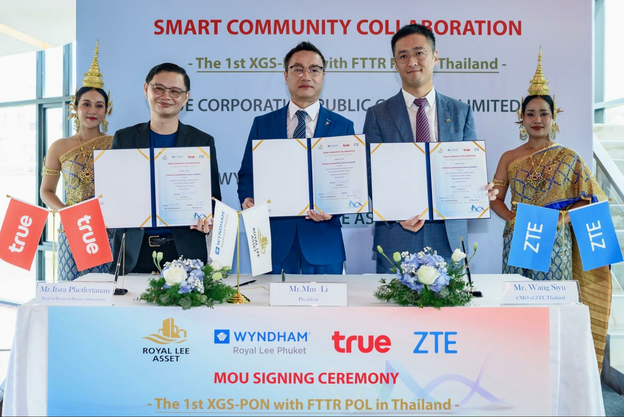
The pinnacle of excitement at the opening ceremony was the signing of a strategic cooperation agreement between the Royal Lee Phuket Mixed-use development project, ZTE Corporation, and TRUE. This announcement officially confirmed the establishment of the first community implementing FTTR technology in Phuket, signalling a promising future for the development of intelligent health and wellness communities on the island.
In partnership with TRUE and ZTE, the Royal Lee Phuket smart community has successfully implemented FTTR technology, ushering in gigabit-level fibre-to-the-home Wi-Fi. This achievement delivers a rapid and stable network connection for residents, representing a major milestone in the community’s digital infrastructure. FTTR technology introduces a new era of gigabit Wi-Fi, addressing high bandwidth demands such as 4K/8K videos and Cloud VR. With comprehensive whole-house coverage and efficient digital operation and maintenance, it eliminates network dead zones, enhances operational efficiency, and supports connectivity for up to 256 terminal devices.
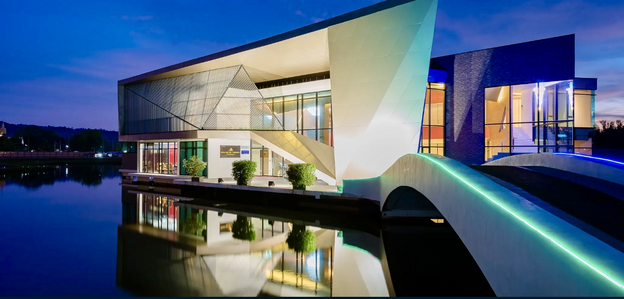
As the pioneering community in Phuket to embrace FTTR technology, this initiative establishes a forefront position in technology, setting a benchmark for digital community construction and presenting a sustainable development model. Beyond being a mere network upgrade, the introduction of FTTR technology signifies a commitment to a new digital life for residents. This collaborative effort holds profound significance, laying a robust foundation for the sustainable growth of smart communities and making a positive contribution to the digital and intelligent community development of Phuket.
Moreover, the Royal Lee Phuket Mixed-use development project enjoys robust backing from the prestigious Royal Lee Cancer Hospital in Guangzhou. Committed to establishing the largest smart health and wellness community in Phuket and standing out as a centrepiece of the Andaman Wellness Corridor, the project aligns with a vision of comprehensive well-being. The Royal Lee Cancer Hospital in Guangzhou, recognised with international JCI certification, is a leading cancer speciality hospital in southern China. It is devoted to delivering top-tier medical services encompassing cancer prevention, treatment, and rehabilitation.
Prioritising holistic health across the lifespan, the hospital employs a resident-centred examination approach, intricately designing health management services featuring “cancer early screening, chronic disease management, and body anti-ageing.” This approach caters to a range of customer health needs. With the steadfast support of the Royal Lee Cancer Hospital in Guangzhou, the Royal Lee Phuket Mixed-use development project is poised to provide residents with an all-encompassing health and wellness experience, ensuring health assurance for the future.
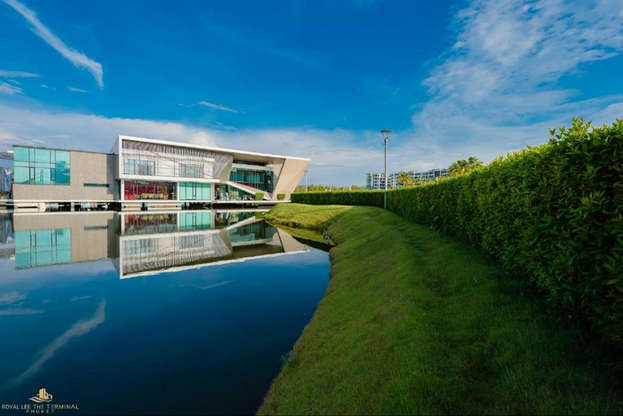
The project appeals not only to retirees in search of a natural and healthy lifestyle but also caters to airport transit tourists, business travellers, digital nomads, and remote workers. This initiative enhances the profit outlook for property investors, who can opt to delegate management responsibilities to Royal Lee Phuket Mix Development. This comes with an enticing profit-sharing arrangement and an additional perk of a 30-day stay annually, presenting an ideal fusion of investment and vacation.


